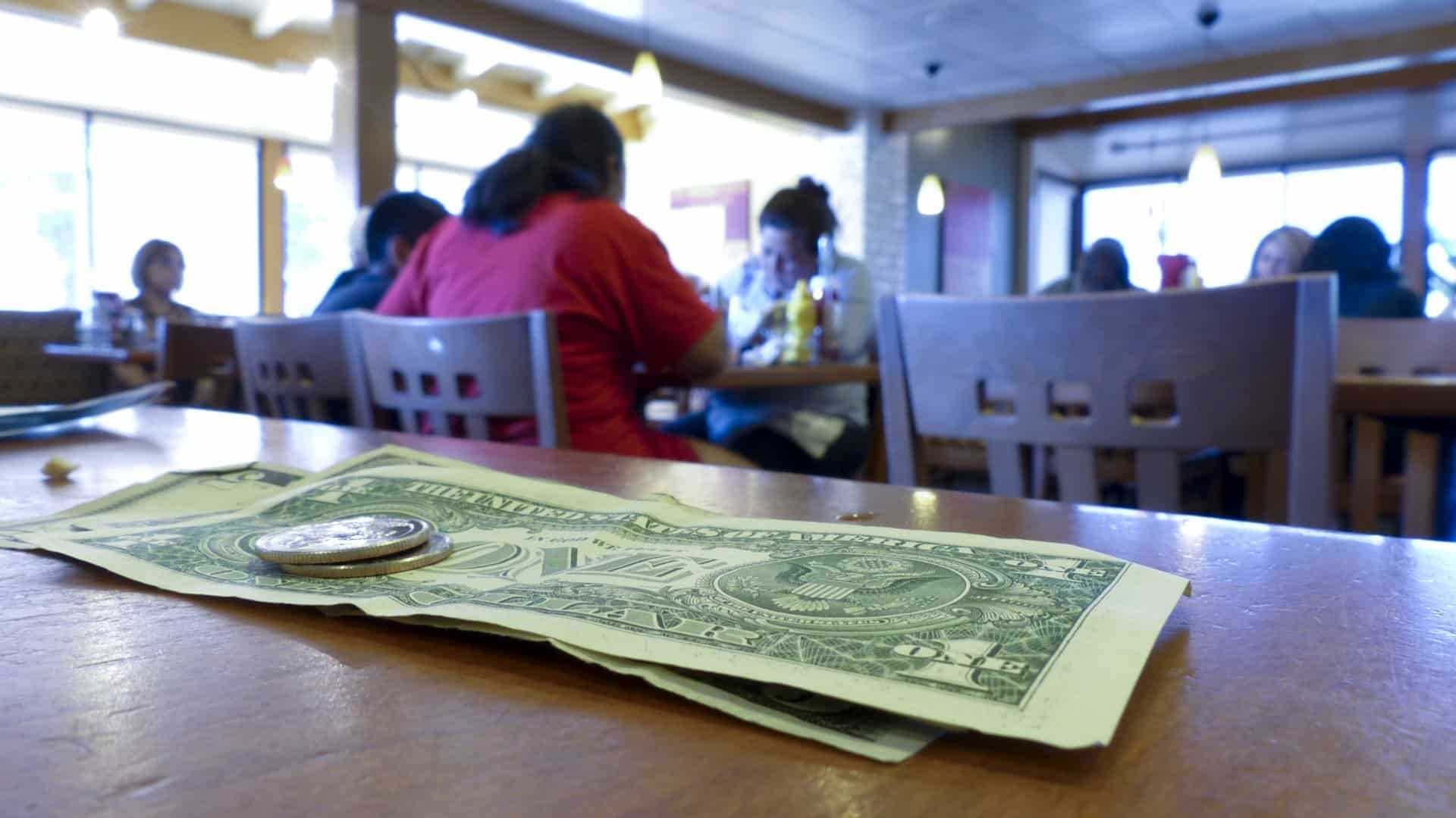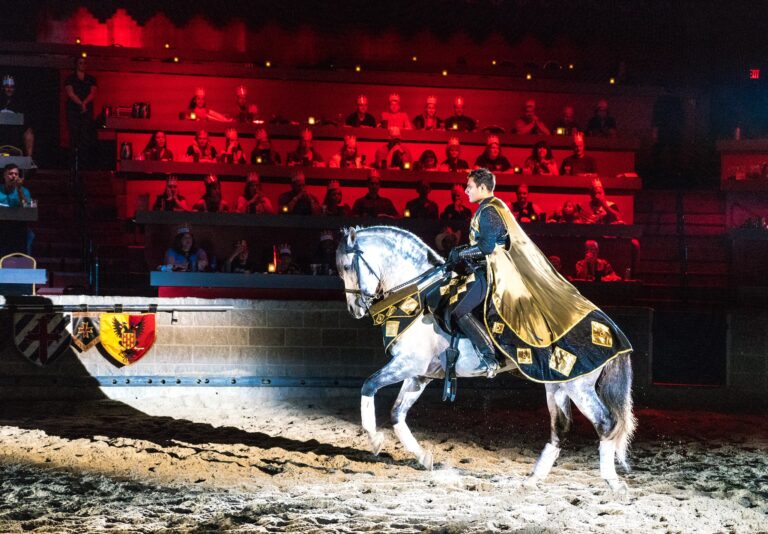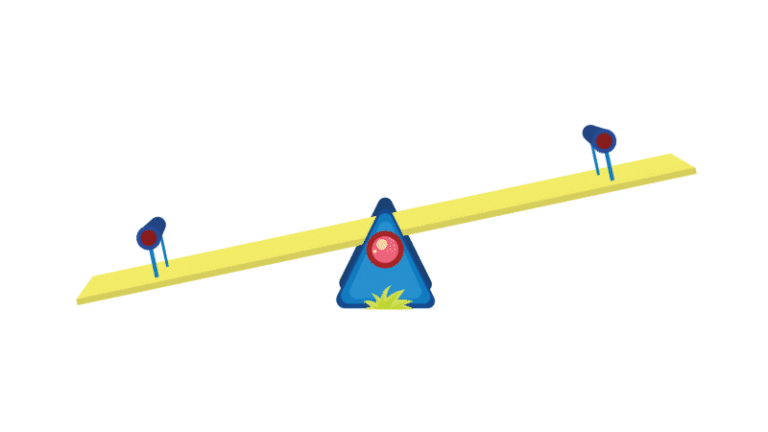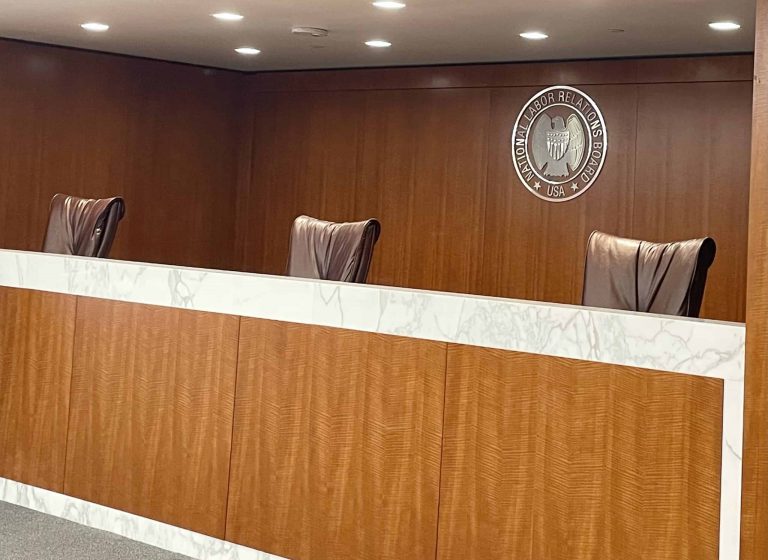Deanna Krokos is a student at Harvard Law School
On Thanksgiving, the Department of Labor submitted their “long-anticipated” tipped wage rule to the White House Office of Information and Regulatory Affairs, threatening millions of tipped service workers with substantial wage loss. Currently, employers can claim a “tip credit,” paying workers little as $2.13/hour so long as 80% of their workweek is spent on tasks that yield gratuities from customers, i.e. service. This arrangement provides flexibility for tipped workers to support general restaurant operations without being exploited.
But the new rule removes that protection, allowing employers to pay tipped workers $2.13/hour while requiring “reasonable” hours of non-service, non-tipped work. The rule also harms non-tipped workers, who could see their jobs replaced. So long as servers earn some tips during a shift, the rule allows employers to require they spend hours washing dishes, cleaning the facility, or replacing other labor traditionally performed by workers earning at least the minimum wage.
The threat is not hypothetical; restaurant employers routinely run afoul of FLSA protections and face substantial litigation over exploiting tipped workers. But so far, they’ve lost in court. In 2019, DOL issued interpretive guidance near identical to the new rule, but courts did not give that interpretation deference, citing its departure from both the clear text of DOL’s prior regulations and 30 years of practice and precedent.
Moving from an “80%” rule to a “reasonableness” standard chills enforcement; but DOL provides employers further protection. The rule would weaken the definition of “willful violations,” creating “a vague, weaker standard” to shield employers from civil penalties. In the middle of a global pandemic, service workers are forced to risk their lives to make a living. DOL’s rule undermines their earning potential and their only, though difficult, means of redress.
A group of Democratic state attorneys general plans to challenge the rule. They contend DOL advanced this unjustified threat to workers without providing sufficient reasons to satisfy the Administrative Procedure Act’s “arbitrary and capricious” standard. Though the agency is required the release information assessing the regulation’s costs and benefits “to the fullest extent that these can be usefully estimated,” DOL contends it “lacks data to quantify” the effect on workers.
This move is not new. In 2018, the Trump administration mounted a similar attack, re-interpreting DOL regulations to allow management participation in “tip-pooling” arrangements. Essentially, the proposed rule sought to allow restaurant managers to steal tips, while continuing to pay subminimum wages. Worker groups, including the National Employment Law Project and Policy Matters Ohio, uniformly opposed the rule, similarly criticizing DOL’s failure to release economic analyses demonstrating its disastrous effects. BloombergLaw reported the administration intentionally “scrubbed an unfavorable analysis” that projected large-scale transfers of tipped earnings from workers to management. The DOL Inspector General launched an investigation into how that analysis was buried. Filling the gap, economists at the Economic Policy Institute performed their own analysis, projecting that tipped workers stood to lose approximately $5.8 billion annually.
The 2018 tip-pooling rule was abandoned, and Congress amended the FLSA to formally limit tip-pooling arrangements to both tip-earners and “back of house” staff—not management. But DOL is using this amendment, 3(m)(2)(B), to undermine Congress’ goal. In the same proposed rule that discards the 80% protection and redefines willful violations, DOL seeks to permit employers to reduce “back of house” worker pay if that pay is supplemented through these tip-pooling arrangements. So while the 2018 fight centered on equity, allowing back of house workers to share in the tip pools their labor supported, the 2020 rule exploits that sharing to give employers another windfall. Using tip pooling to supplement back of house wage cuts creates a roundabout path for management to effectively steal those same tips we fought to protect.
DOL’s new rule reflects the final chapter in the Trump Administration’s long-levied battle to boost managements’ profit on the backs of some of our lowest paid workers.






Daily News & Commentary
Start your day with our roundup of the latest labor developments. See all
December 22
Worker-friendly legislation enacted in New York; UW Professor wins free speech case; Trucking company ordered to pay $23 million to Teamsters.
December 21
Argentine unions march against labor law reform; WNBA players vote to authorize a strike; and the NLRB prepares to clear its backlog.
December 19
Labor law professors file an amici curiae and the NLRB regains quorum.
December 18
New Jersey adopts disparate impact rules; Teamsters oppose railroad merger; court pauses more shutdown layoffs.
December 17
The TSA suspends a labor union representing 47,000 officers for a second time; the Trump administration seeks to recruit over 1,000 artificial intelligence experts to the federal workforce; and the New York Times reports on the tumultuous changes that U.S. labor relations has seen over the past year.
December 16
Second Circuit affirms dismissal of former collegiate athletes’ antitrust suit; UPS will invest $120 million in truck-unloading robots; Sharon Block argues there are reasons for optimism about labor’s future.